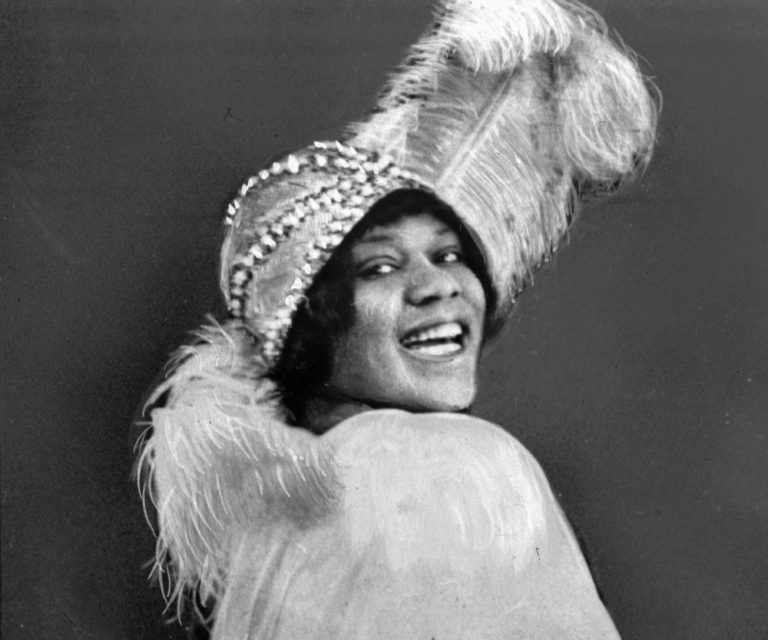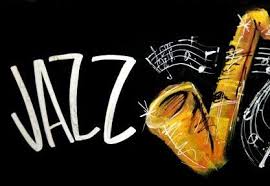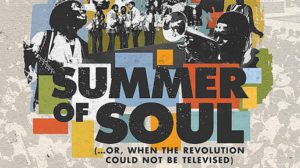The Story of Jazz Notes
Kayla Ary


- Development of jazz was a direct example of cross cultural assimilation
- Jazz musicians were self-taught
- Jazz was looked at as a sin, those who contributed were almost shamed
- Jazz = African music + accustomization to European music
- Ragtime was foundation to jazz
- Buddy Bolten – first New Orleans trumpet king
- Louis Armstrong – father of jazz music, broadened the style of jazz (included trumpet)
- New Orleans was the perfect environment for new genre of jazz, it originated there
- first opera company in America founded here
- there was work for musicians
- music began to spread from here
- Jerry Capran?? – moved jazz to Los Angeles
- but the West Coast was not good for jazz
- Then jazz moved to East Coast
- Dixie Jazz Band, white band, claimed they were the creators of jazz
- Jazz was important in 1920s, appealed to white and black people
- Black southerners moved up to Chicago and brought Jazz with them
- Chicago became center
- Joe Oliver – one of the biggest names in Jazz in Chicago
- Flappers embraced jazz
- Coleman Hawkins – inspired by Armstrong, established saxophone as a jazz instrument
- Harlem replaced Chicago as a hotbed
- cultural renaissance taking place in Harlem
- Duke Ellington – came to New York with band, but came to be known as band leader
- Jazz became known in Paris, Berlin, Linenbrad, Barcelona, Shanghai, across the world
- Jane Harvey was one of the first female jazz artists
- James B. Johnson developed “The Charleston”, known for his abilities on piano
- Kansas City became hub of Western and Southern Jazz Musicians
- Lester – saxophone
- Mary Marie Louis
- Religious people did not fully accept jazz
- Hollywood would use jazz bands within their productions
- Harlem Swing was style of jazz dance music
- Louis Armstrong
- Bessie Smith
- Billie Holiday (c’ 30s)
- Ella Fitzgerald
- Charlie Christian
- Rebop, Bebop, Bop
- Bebop – swing + a new way of playing lines
- Audience wouldn’t dance
- everybody played bebop differently
- Charlie Parker – rhythmic variation, he had a new approach with pyrotechnics
- Monk – blues bass but rhythmic and swingy
- Miles Davis – modal approach, became known as biggest in decade
- John Coltrane – delved into Eastern and African music, innovation, Free Jazz



